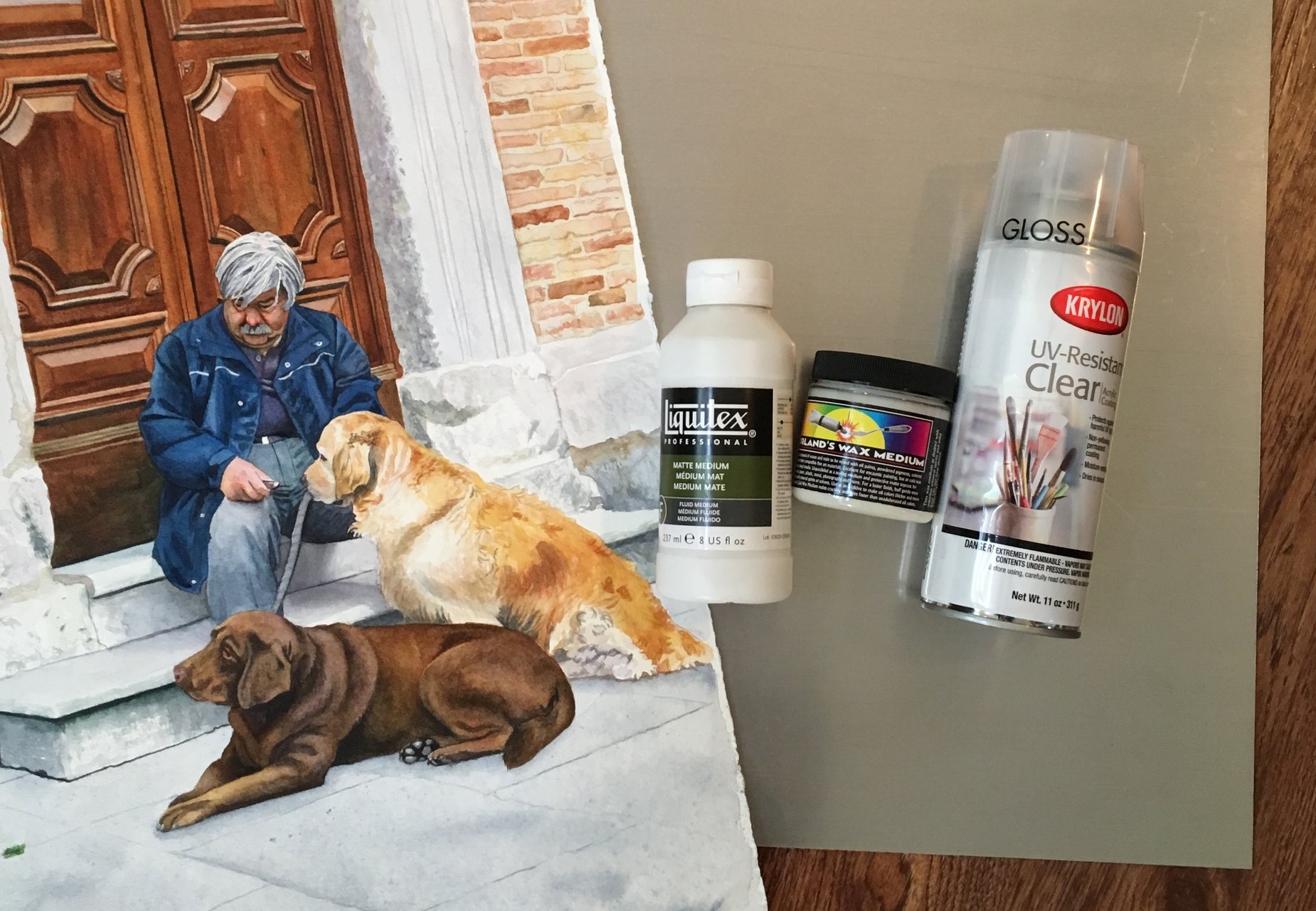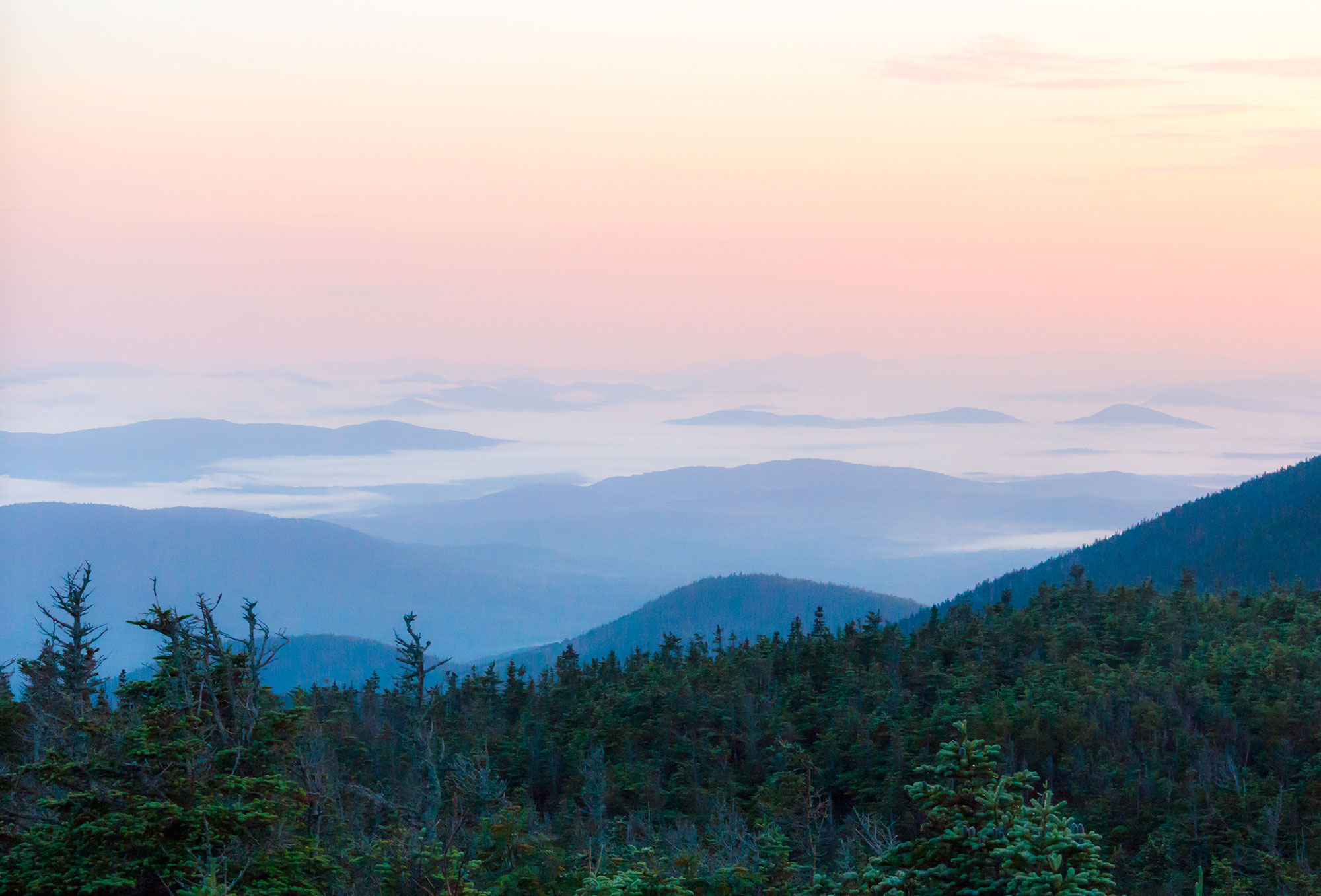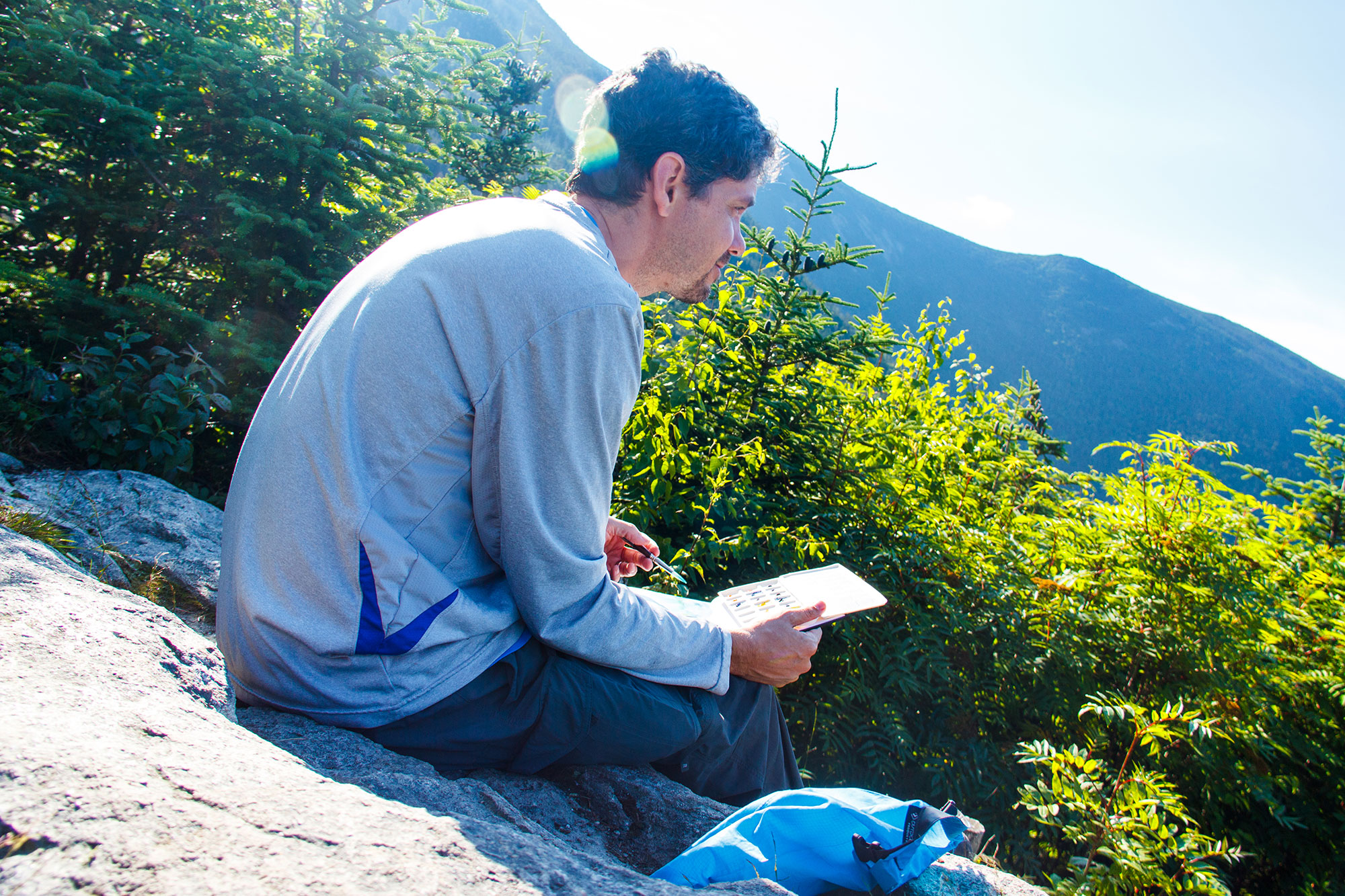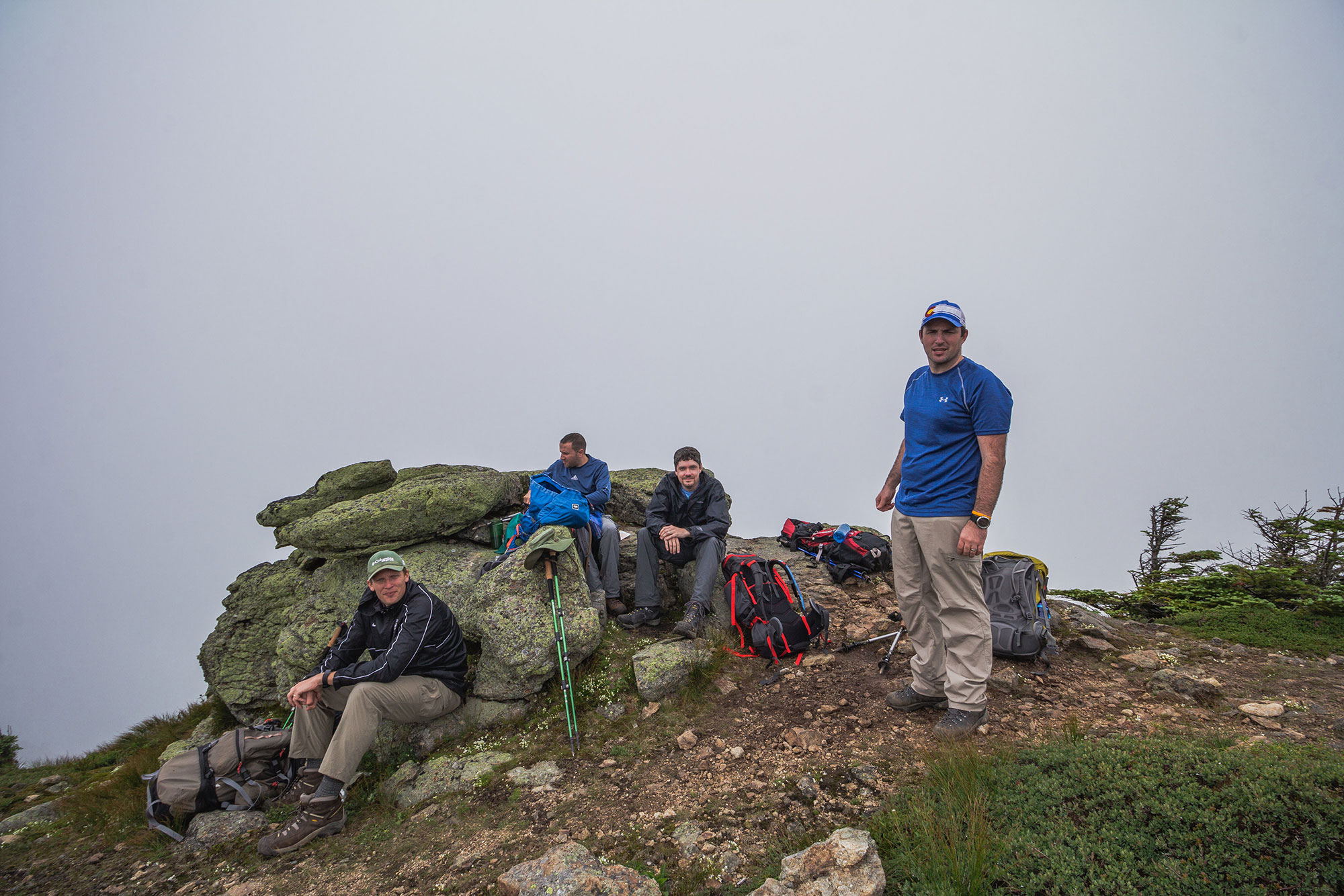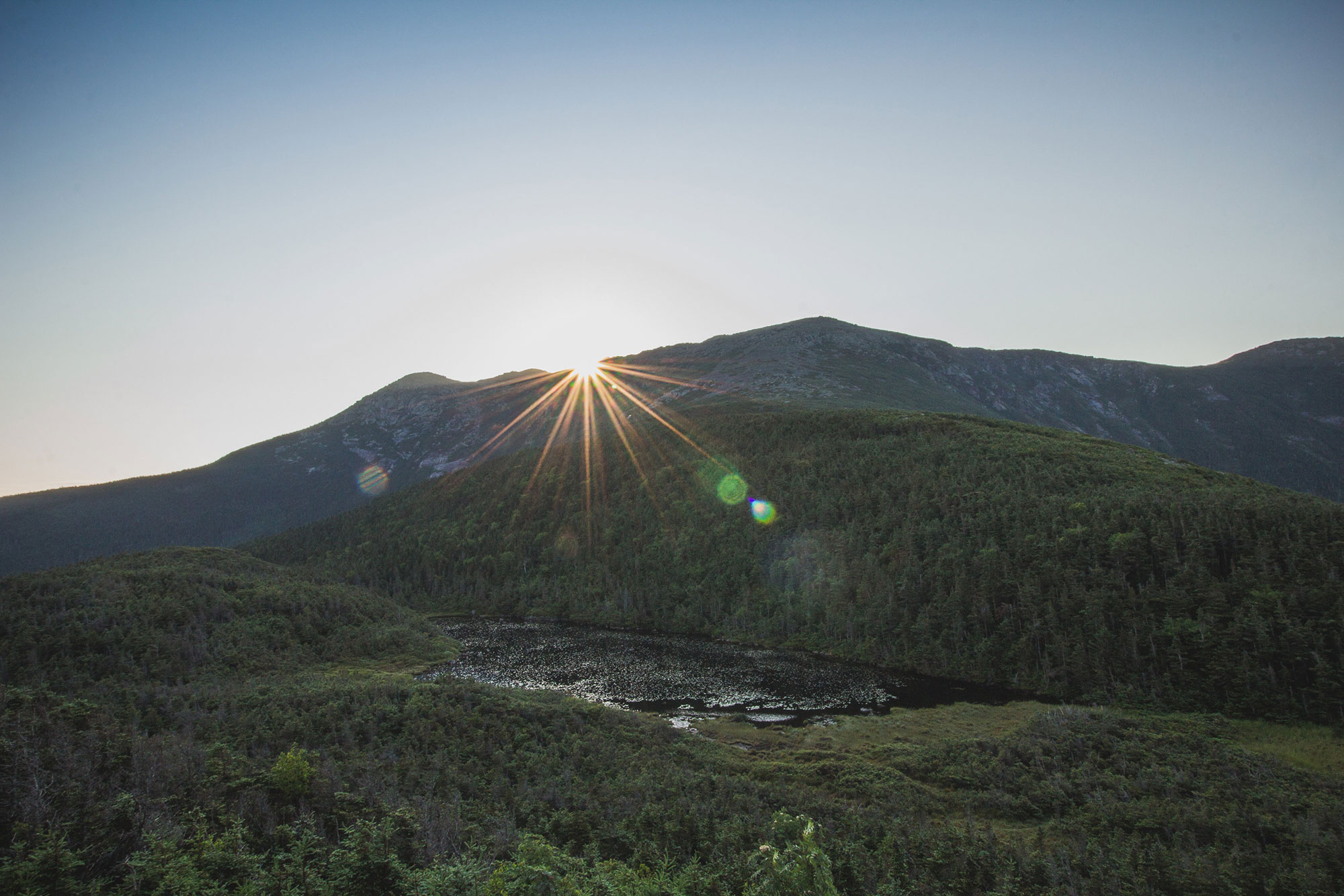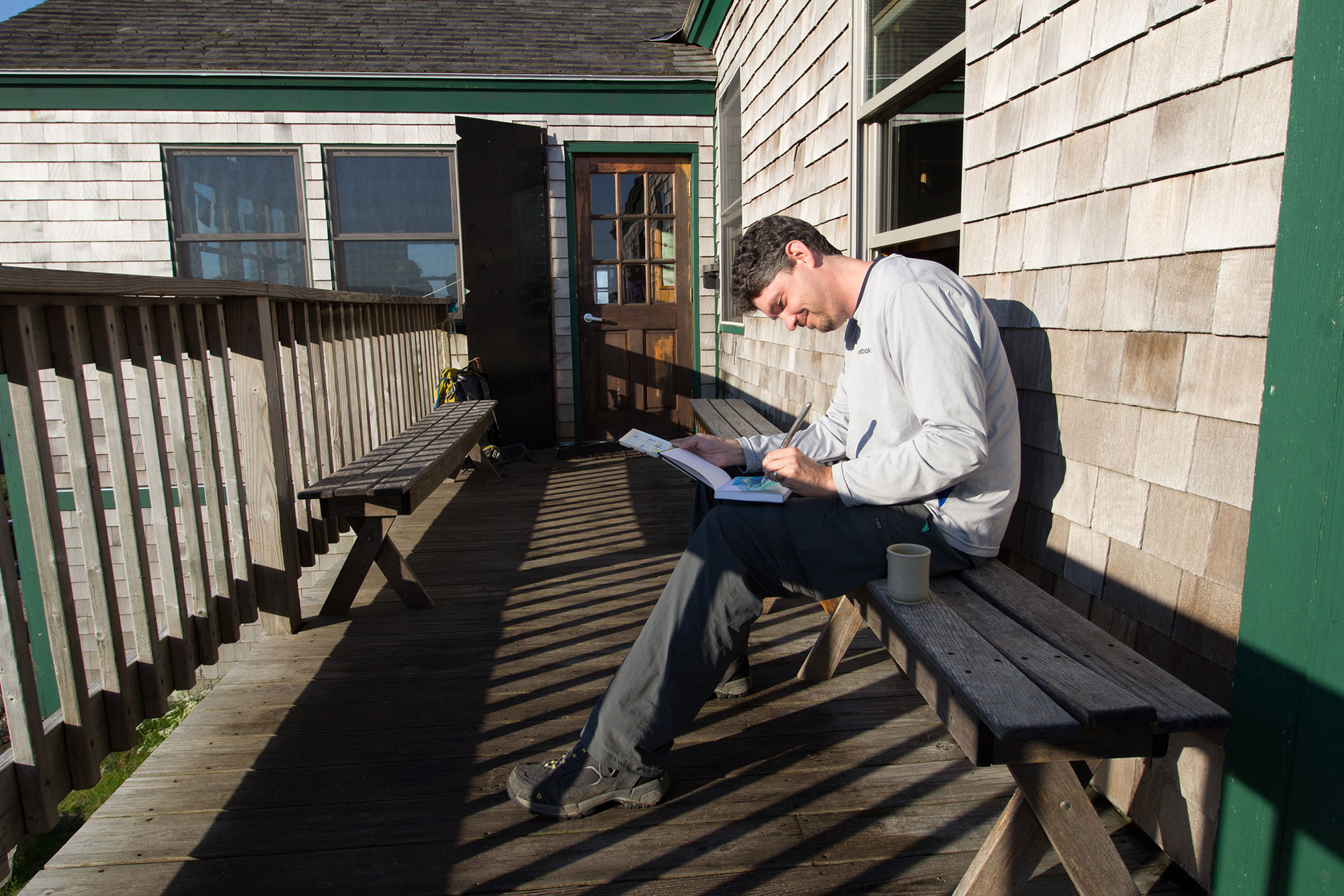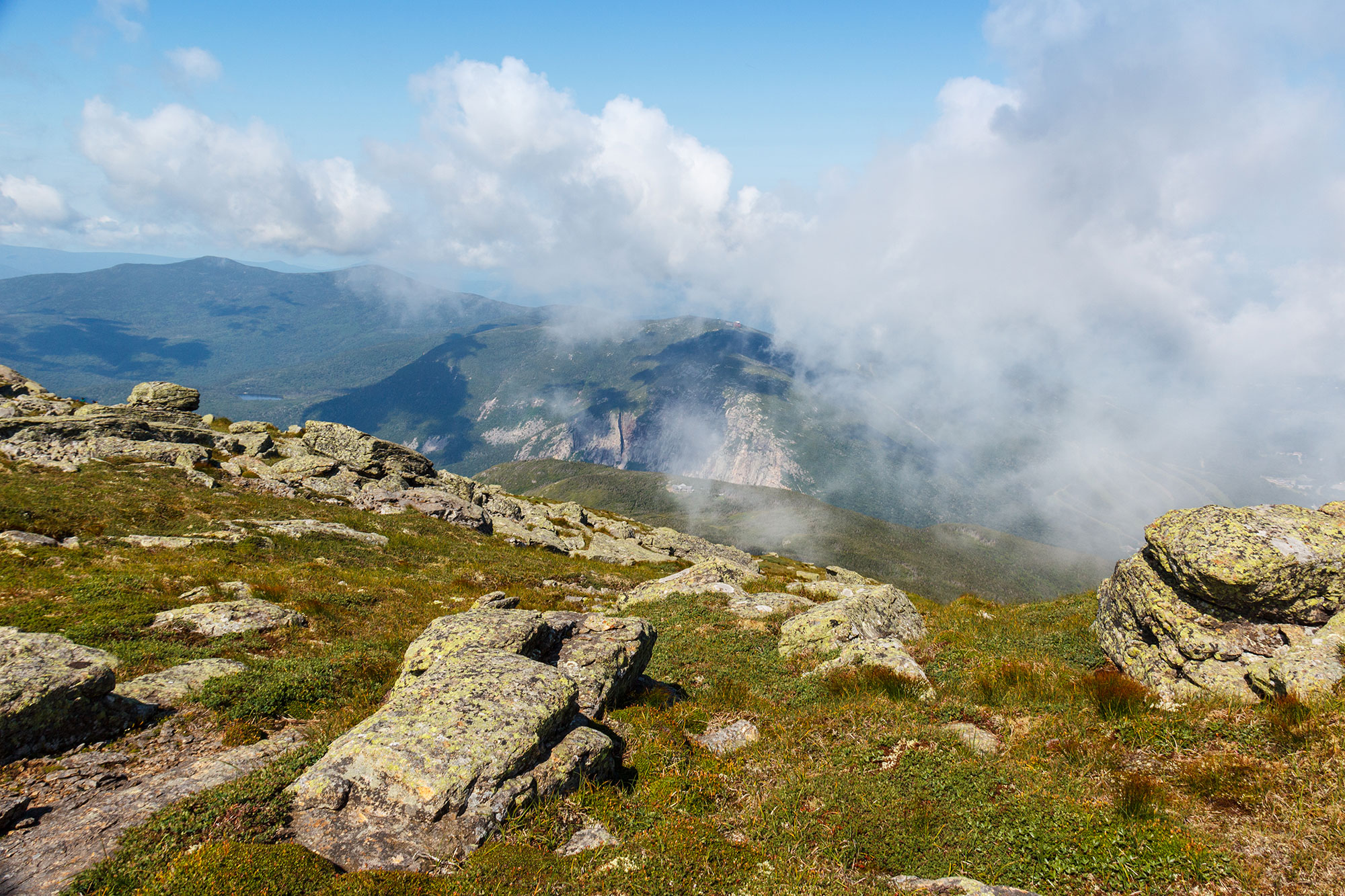In collaboration with Robert Lange Studios, and benefiting the Charleston Animal Society, the Vendue Hotel is sponsoring a show titled “CATS vs DOGS” which will open October 19, 2017. Each invited artist has made one piece that is dominated by the theme Cat or Dog.
Viewers of the exhibit will be asked to vote and at the end of the exhibit, a winner will be announced answering the age old question — which is better Cats or Dogs? And the best part? A portion of the sales from the exhibit will be donated to the Charleston Animal Society.
I was invited to participate as a "dog" person. The story of my painting, "Looking Forward" is below.
Looking Forward
Varnished watercolor on paper, mounted on aluminum panel, 28.75 x 25 in
This is a painting of my neighbor Matt and his mutt. Matt is a great guy who has recently come out of a very rough time in his life. His wife got into drugs and alcohol, went to prison, rehab, divorced him and left him a single father of an eight-year-old girl. Through it all, his dog Nala was by his side.
Near our neighborhood there is an abandoned psychiatric hospital campus, built around 1900. Running throughout the hospital grounds with Nala became therapeutic for Matt, and it's where I decided to have him sit for the painting.
To me, Matt is taking one last look to the past with a new face of strength and determination, and Nala is helping him look to the future—reinforcing that Matt isn’t starting over, but moving forward.




